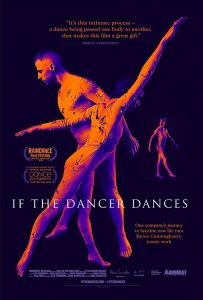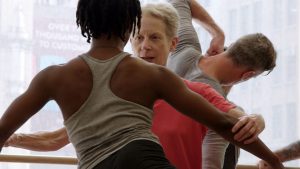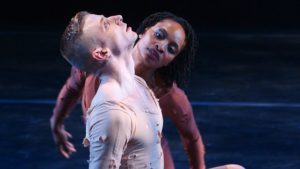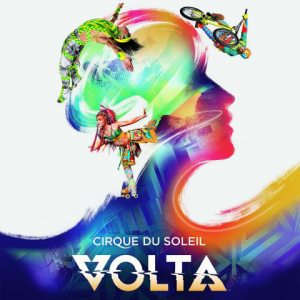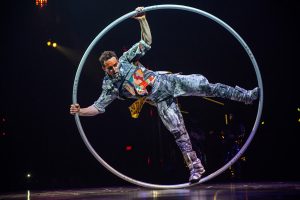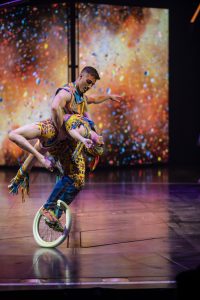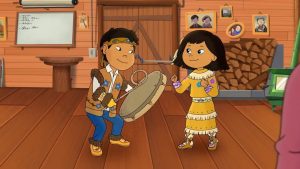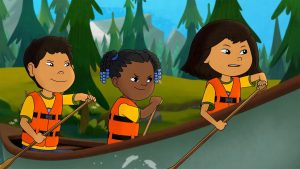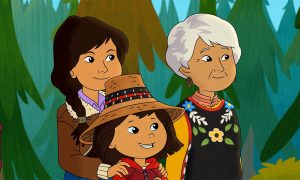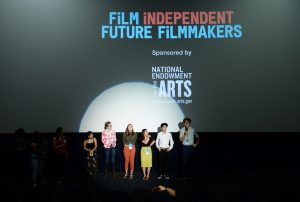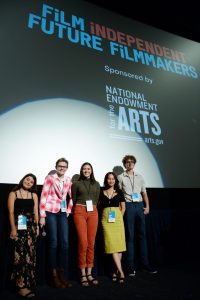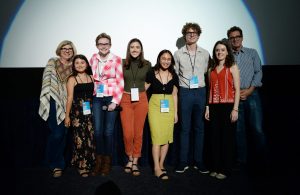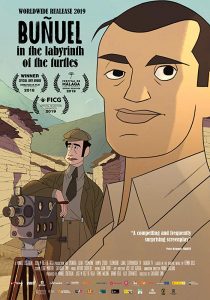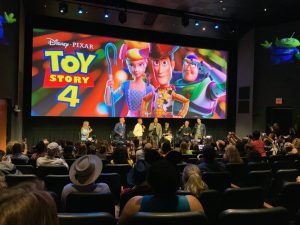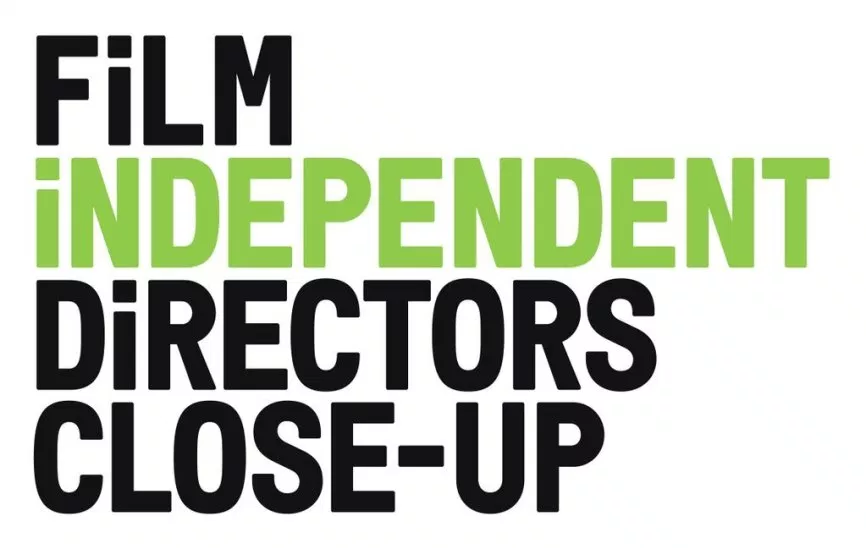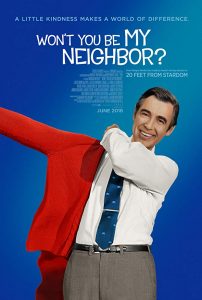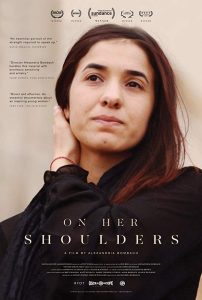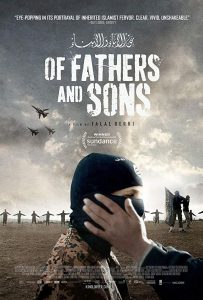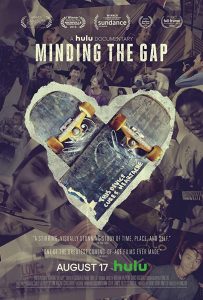2020 Film Independent Directors Close Up * Week One
Sunday, January 19th, 2020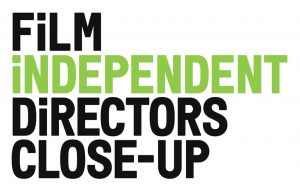
How does the look of a film get decided? What even encompasses a film’s “look”? Such questions led the discussion in week one of Film Independent’s Director’s Close Up featuring the director of Hustlers, Lorene Scafaria and costume designer of Hustlers, Mitchell Travers.
As moderator John August pointed out, cinema is a visual medium. Thus, unlike many other art forms, it can take advantage of the visual element to help further the themes of the story. For Hustlers the theme focuses on control – whether it is the main characters fighting for control of their lives or control against the greed that leads to the story’s conflicts. To create a look that further drives that theme, director Lorene Scafaria collaborated with cinematographer Todd Banhazl, production designer Jane Musky, and of course, costumer designer Mitchell Travers.
Travers spoke about his approach in creating the “thousands” of costumes for the film. Because the film takes place in a “modern period piece” between 2007 and 2015, he looked back to the styles and trends that represent the era, and not necessarily all the good aspects of the era. He wished to show “the amazing mistakes,” that the era created. He drew inspiration from celebrities of the time such as Nicole Richie, Miley Cyrus, Tila Tequila, Beyoncé and Jennifer Lopez who plays Ramona in the film. Travers explains that this helped represent the imperfections of the period. To achieve such visions required work – he explained the tasks required costume assistants and costume supervisors, with a costume department as big as 35 people. The same situation occurs in production design, art department and makeup. The smallest details viewers scarcely notice on-screen require months of work by sometimes thousands of people, yet, without their talents, films would look bare and unrealistic.
Films often use color, or better yet, a lack of color, to develop a theme. Hustlers has a strong focus on the greed of wealth, so Scafaria spoke about the careful consideration of how to treat the color green in the film. Despite having dozens of sets, thousands of costumes and many main characters, only in dollar bills does green appear throughout the film. This helps further bring the viewer’s focus to dollar bills as they drive the characters, the conflict and the story itself.
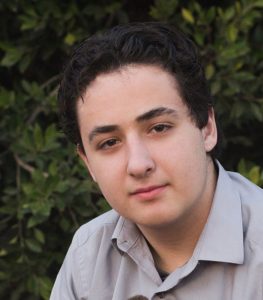
Every scene has its look to further its purpose in the greater story. Scafaria and Travers analyze a specific scene where Ramona and Destiny (Constance Wu) have an intense conversation in a diner where Romana attempts to convince Destiny to commit a crime. Scafaria worked closely with cinematographer Todd Banhazl to create this drama in a visual matter. The shots keep tight on the two actresses and viewers can scarcely see the interior of the diner, due to how much the two stars take up the frame. This instantly creates a secretive, pressured feeling to the scene. The movement of characters also helps further this, while Destiny stays still, Ramona moves her head as she talks and the camera moves with her. This creates a distinct energetic separation with Ramona taking a pushing, demanding role and Destiny taking the role of a follower. When the clip gets muted, it maintains that contrast without needing the dialogue to explain the purpose of the scene. Such little details ensure the audience feels the correct mood – a mixture of nervousness and adrenaline – as Destiny carefully considers whether to participate in the crime.
The first panel of Director’s Close Up lived up to its name and gave the audience a close and intimate look at the creative process for Hustlers and the many intimate details that help convert stories from a mere series of events to an emotional and human-like experience on the big screen.
For more information on Film Independent go to https://www.filmindependent.org/
By Gerry O., KIDS FIRST! Film Critic, Age 17
